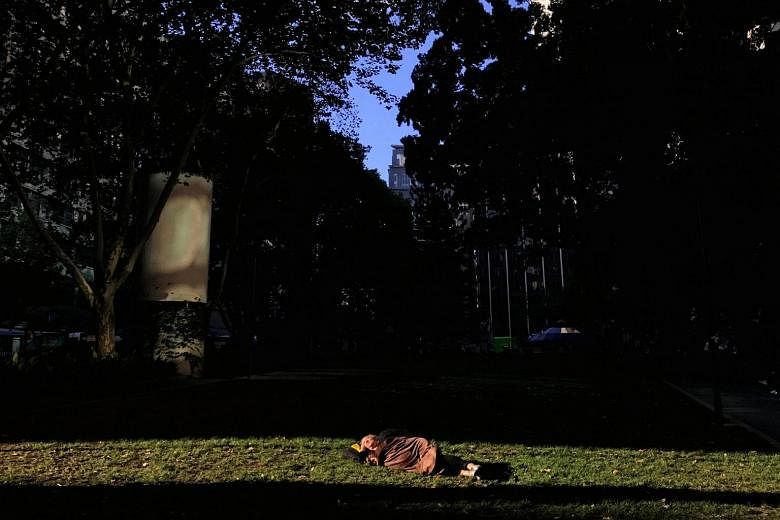SYDNEY (REUTERS) - Australia's unemployment rate declined slightly January but full-time jobs fell sharply, a setback after a recent run of positive data and a disappointment given tepid wages growth and inflation.
Data from the Australian Bureau of Statistics on Thursday (Feb 16) showed employment rose 13,500 in January, topping forecasts of an increase of 10,000. But all of the increase was in part-time work, as full-time jobs fell 44,800 in January after three straight gaining months.
Full-time employment has decreased by 56,100 since January 2016, while part-time employment has surged by 159,400.
The unemployment rate at 5.7 per cent remains within a tight 5.6-5.8 per cent range that has held for the past year, largely because the participation rate has dipped with fewer people looking for work.
"The now-familiar problem of new jobs being mostly part-time ones rather than full-time ones reared its ugly head again," said Paul Dales, chief economist at Capital Economics.
"The high rate of part-time employment and associated rise in underemployment will keep a lid on wage growth and the underlying rate of inflation," he added. "The labour market won't generate any major inflationary pressure for a couple of years yet."
Indeed, the Reserve Bank of Australia (RBA) has highlighted uncertainty over the labour market as a key risk for 2017. A slowdown in hiring might just be one of the few developments alarming enough to justify another cut in interest rates.
Over the past year, Australia has seen a gradual decline in unemployment but underemployment - in which people want more work but can't get it - has risen to historic highs.
Wages growth is already at record lows while inflation is likely to remain below the central bank's target band of 2-3 per cent until next year at least.
Still, futures markets have all but priced out the chance of another policy easing and instead imply a one-in-four chance rates might be hiked at the end of the year.
Meanwhile, leading indicators of labour demand have generally been positive.
Job advertisements are at a five-year peak while a survey of business conditions in Australia hit a near-decade high in January, with a healthy 5 point rise in employment, pointing to some pick up in the labour market.
Jobs growth is mostly in lower-paying sectors or those that largely employ part-timers such as construction, transport, communication, hospitality and healthcare. The latter is now the biggest employer accounting for 13 per cent of Australia's 12 million jobs and is only set to expand as the population ages.
That trend, however, has exacerbated a shift away from full-time work given that almost half of all health jobs are part-time, the biggest share of any sector.

